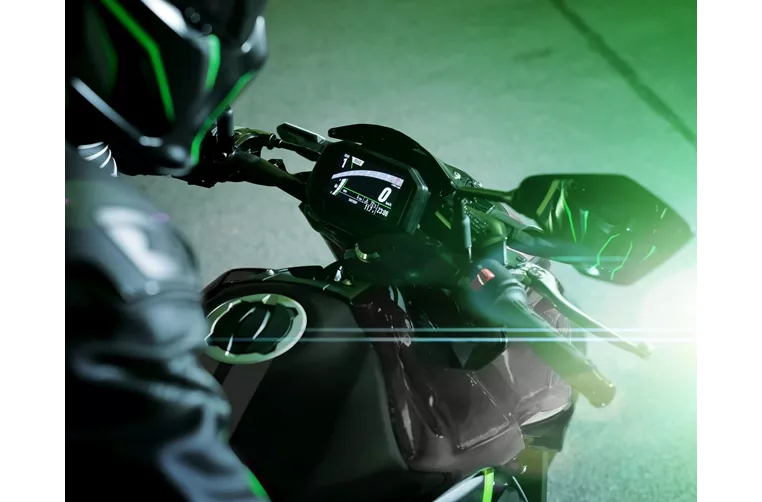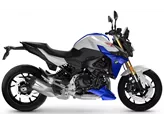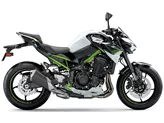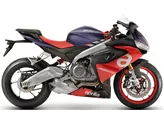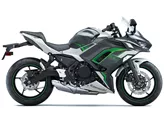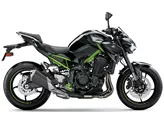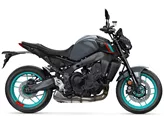Kawasaki Z900 2023 vs. Kawasaki Z900 70kW 2020
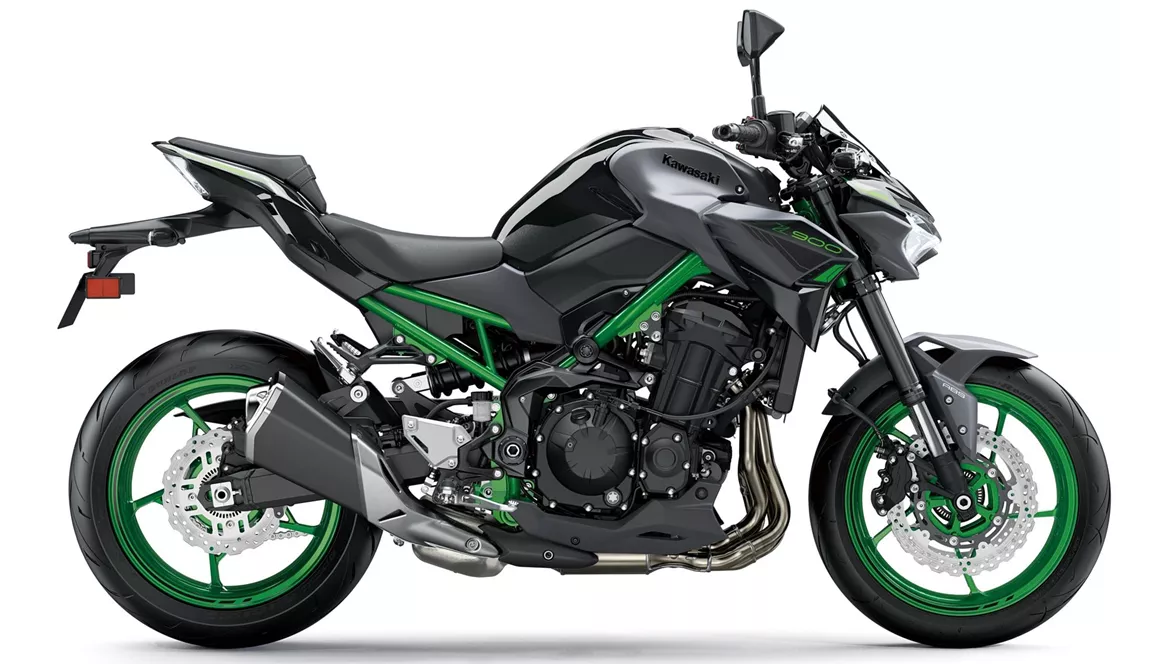
Kawasaki Z900 2023
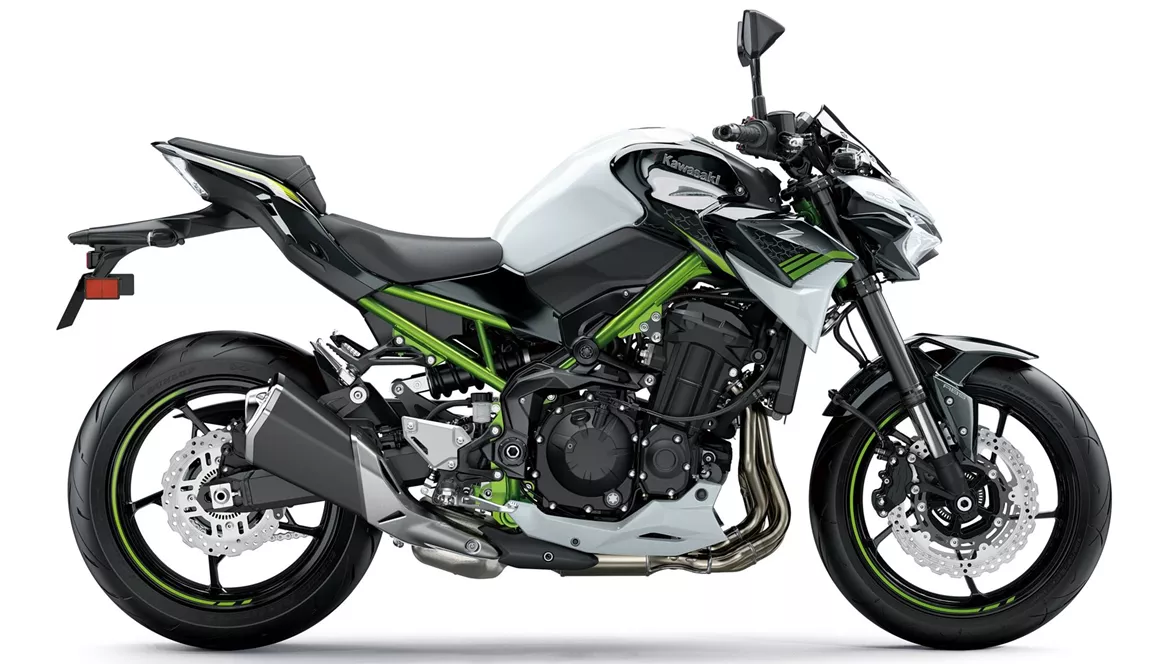
Kawasaki Z900 70kW 2020
Overview - Kawasaki Z900 2023 vs Kawasaki Z900 70kW 2020
The Kawasaki Z900 model year 2023 and the Kawasaki Z900 70kW model year 2020 are both naked bikes with similar technical specifications. They both have an in-line engine with a displacement of 948ccm, four cylinders, and liquid cooling. The fuel system is injection in both models.
In terms of engine power, the Kawasaki Z900 2023 has a higher output with 125 HP compared to the Kawasaki Z900 70kW 2020, which has 95 HP. The torque is also higher in the 2023 model with 98.6 Nm compared to 91.2 Nm in the 2020 model. This means that the 2023 model will have better acceleration and overall performance.
Both models have the same suspension setup with upside-down telescopic forks in the front and a swing arm with a monoshock in the rear. The suspension can be adjusted for preload and rebound in both models. The rear suspension is made of aluminum in both models. This ensures a comfortable and stable ride.
The chassis of both models is made of steel and has a double cradle frame type. This provides a strong and rigid structure for the bike. The front brakes are double disk with a diameter of 300mm and four pistons in both models. The braking technology is petal in both models, which ensures efficient and reliable braking performance.
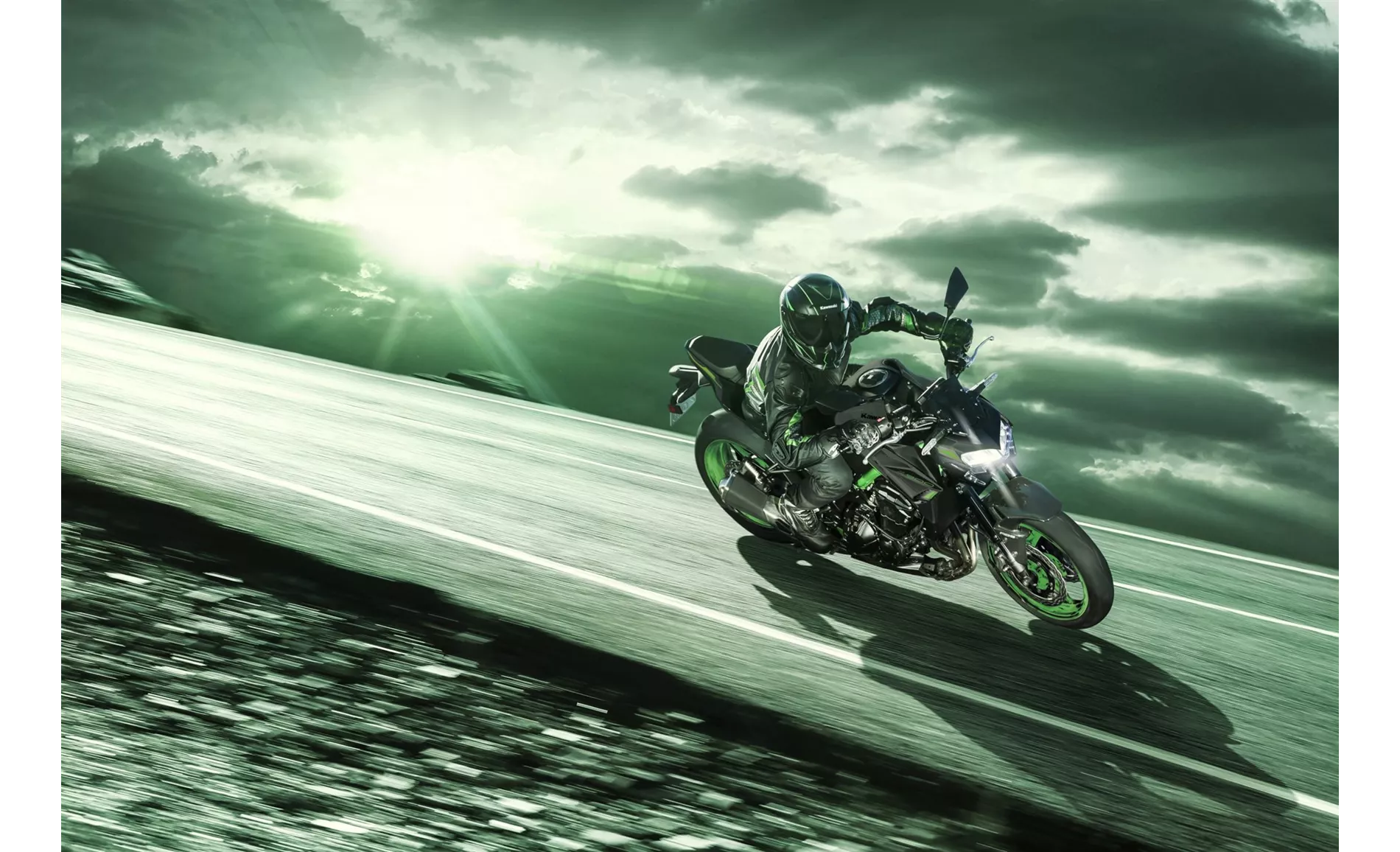
Kawasaki Z900 2023
Both models are equipped with advanced rider assistance systems such as ABS, riding modes, ride by wire, and traction control. These systems enhance the safety and control of the bike.
In terms of dimensions and weights, both models have the same front and rear tire width and diameter, wheelbase, seat height, and kerb weight with ABS. This means that the handling and maneuverability of the bikes will be similar.
Both models are equipped with LED daytime running lights, LED headlights, and a TFT display. This provides good visibility and a modern and informative display for the rider.
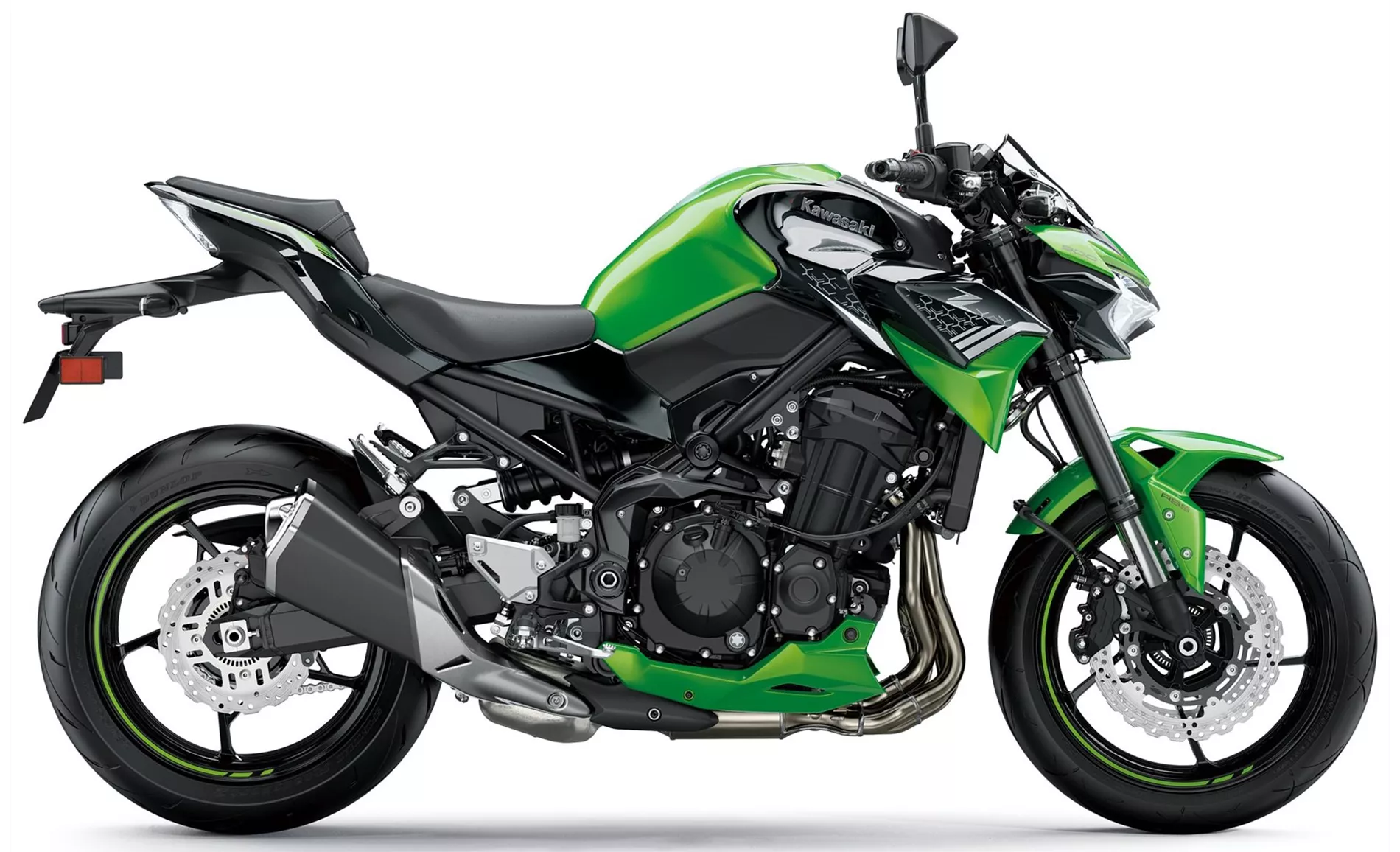
Kawasaki Z900 70kW 2020
In terms of strengths, the Kawasaki Z900 2023 has light and natural handling with high stability, a silky engine with full pull from low revs, high chassis transparency, great feedback, and a seating position with a feel-good factor. It is also priced fairly.
The Kawasaki Z900 70kW 2020 has enough power, great handling, good equipment, an aggressive look, and offers value for money.
In terms of weaknesses, the Kawasaki Z900 2023 has a relatively cumbersome operation of the menu, no slope-dependent assistance systems, and a high weight. The Kawasaki Z900 70kW 2020 has a somewhat tiring menu navigation and lacks the option of a quickshifter.
Overall, both models offer a great riding experience with their powerful engines, advanced rider assistance systems, and modern features. The 2023 model has a higher power output and some additional features, but the 2020 model still provides good performance and value for money.
Technical Specifications Kawasaki Z900 2023 compared to Kawasaki Z900 70kW 2020
Pros and Cons in comparison
Pros and Cons in comparison
Kawasaki Z900 2023
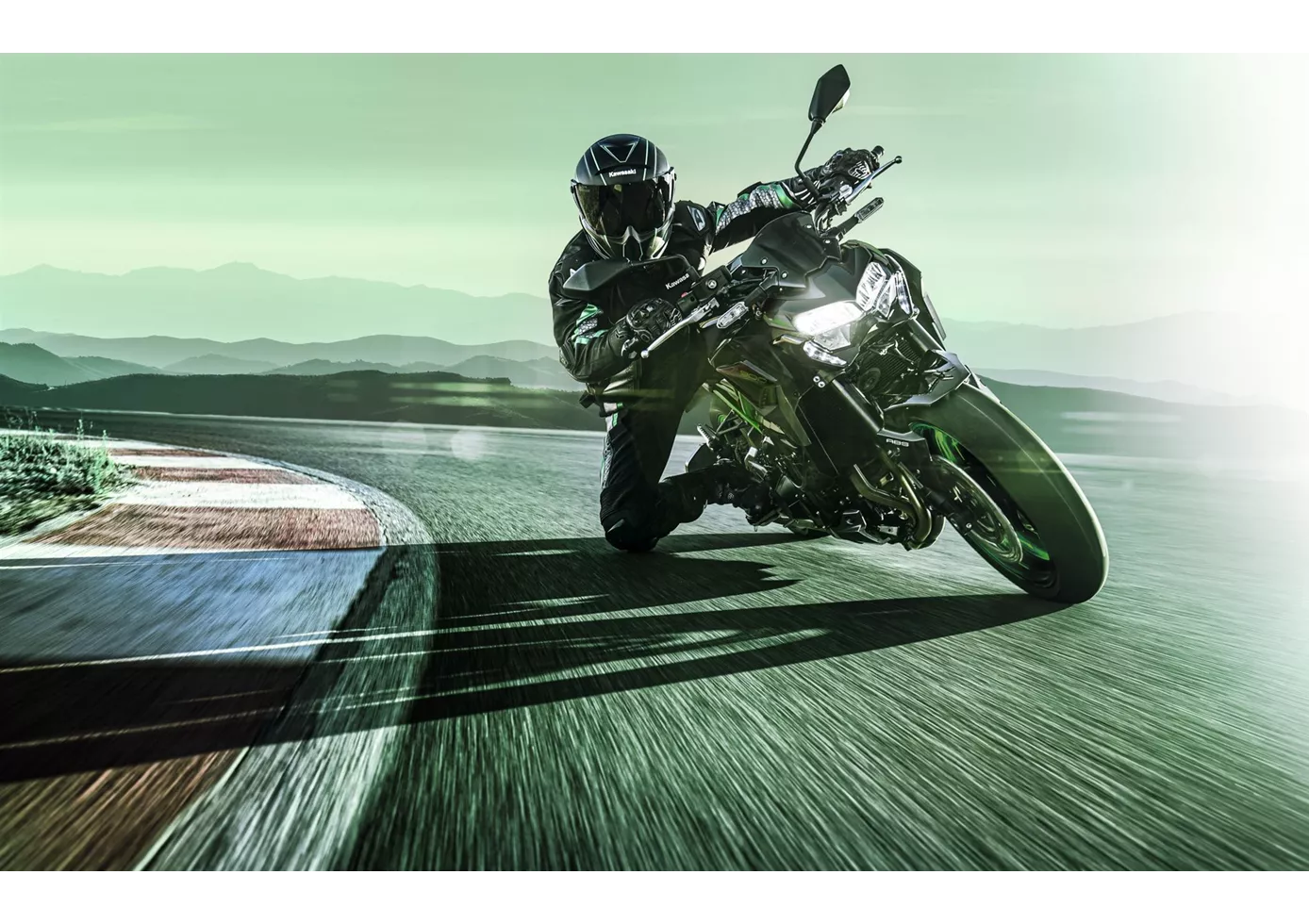
The Kawasaki Z900 may not be up to scratch when it comes to modern, lean angle-dependent electronic features, but it's relatively cheap and you shouldn't underestimate the fan base of the good old inline four - the Z900 is one of the cheapest ways to own such a great engine with just under a litre of displacement in a sporty naked bike! The higher weight is noticeable, but not massively annoying, because the handling and stability are quite alright. In terms of "outdated" electronics, the most annoying thing is the missing shift assistant, which is not even available as an option. Overall, however, the Z900 is a great naked bike with a great price-performance ratio.
Kawasaki Z900 70kW 2020
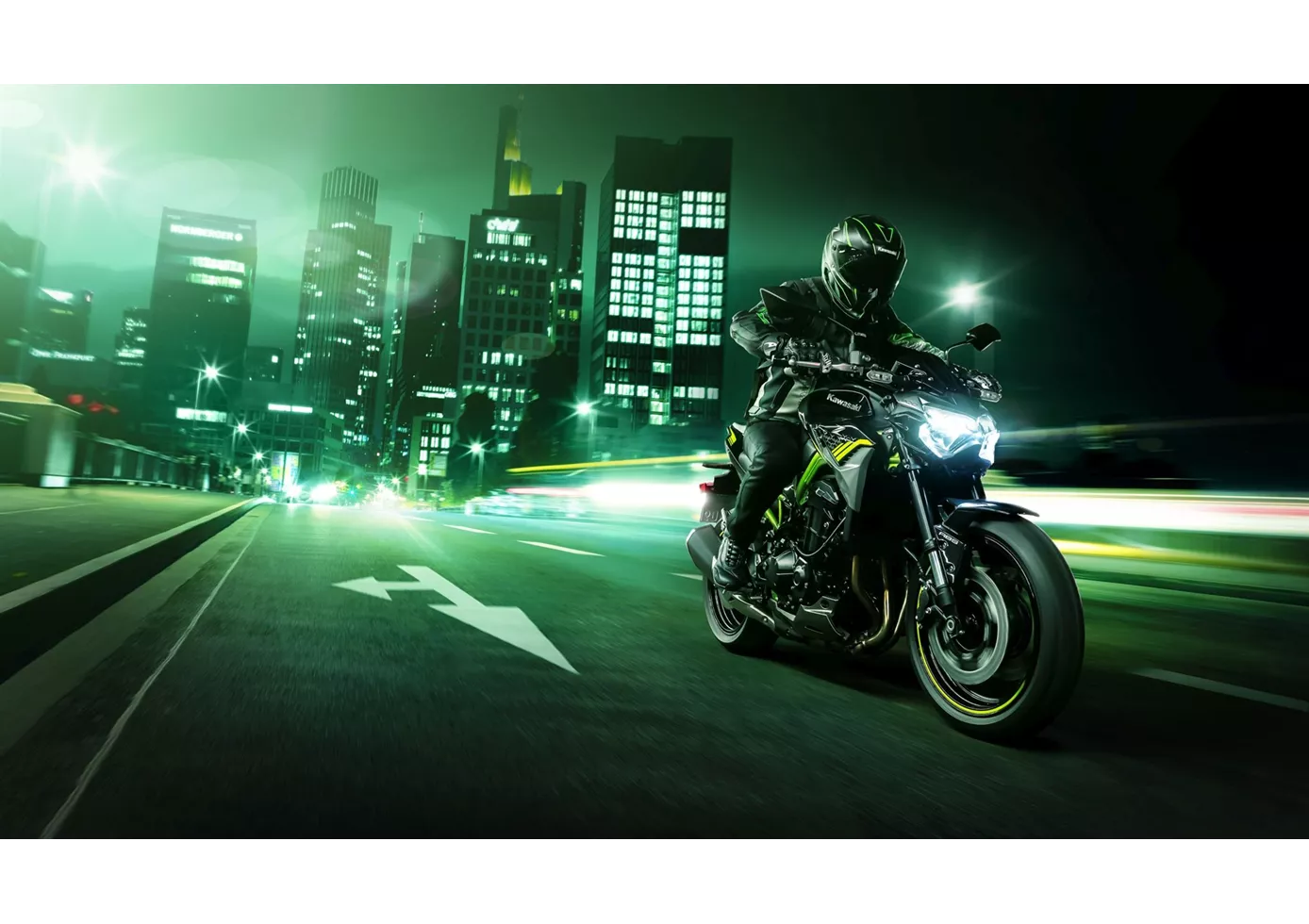
Whether you ride it with 70 kW, or in a further throttled 35 kW version: The Kawasaki Z900 is on a par with its open version - just with less power. That's why you can also be happy about the great handling and the updated electronics package for 2020. There's also good news about the engine. Even with 95 hp, the Kawa pulls tight on the chain and will give pleasure for many seasons! A bike you can grow with!
Price Comparison Avarage Market Price Kawasaki Z900 vs Kawasaki Z900 70kW
There are a few key differences between a Kawasaki Z900 2023 and a Kawasaki Z900 70kW 2020. In terms of price, the actual average price of a Kawasaki Z900 2023 is about 17% higher. Compared to Kawasaki Z900 70kW 2020 there are more Kawasaki Z900 2023 bikes available on the 1000PS.de Marketplace, specifically 187 compared to 5. It takes less time to sell a Kawasaki Z900 with 122 days compared to 197 days for a Kawasaki Z900 70kW. Since model year 2017 1000PS.de editors have written 46 reviews for the Kawasaki Z900 and 10 reviews for the Kawasaki Z900 70kW since model year 2018. The first review for the Kawasaki Z900 was published on 11/11/2016 and now has more than 93,200 views. This compares to more than 104,300 views for the first review on Kawasaki Z900 70kW published on 23/11/2018.
